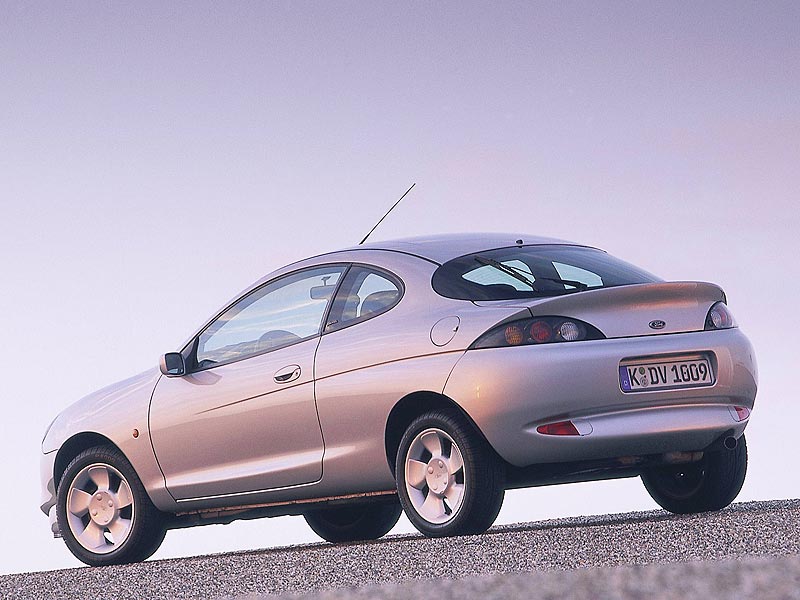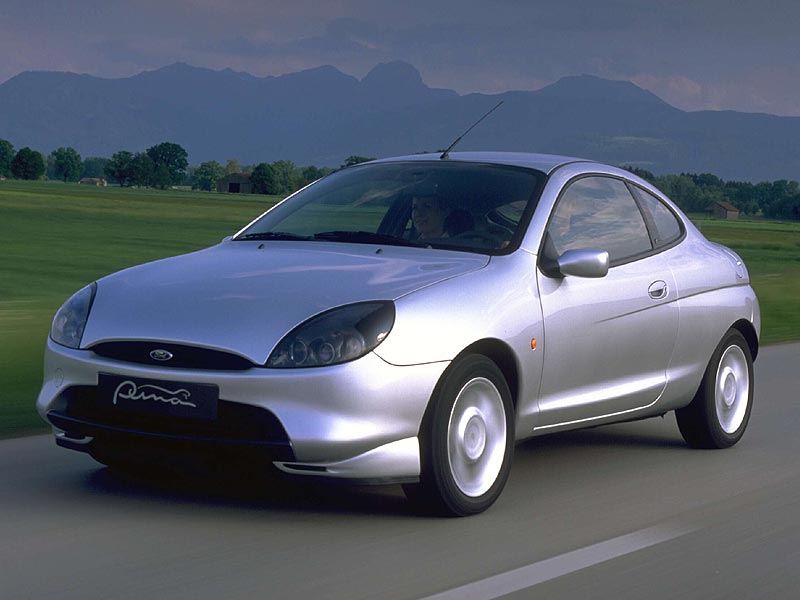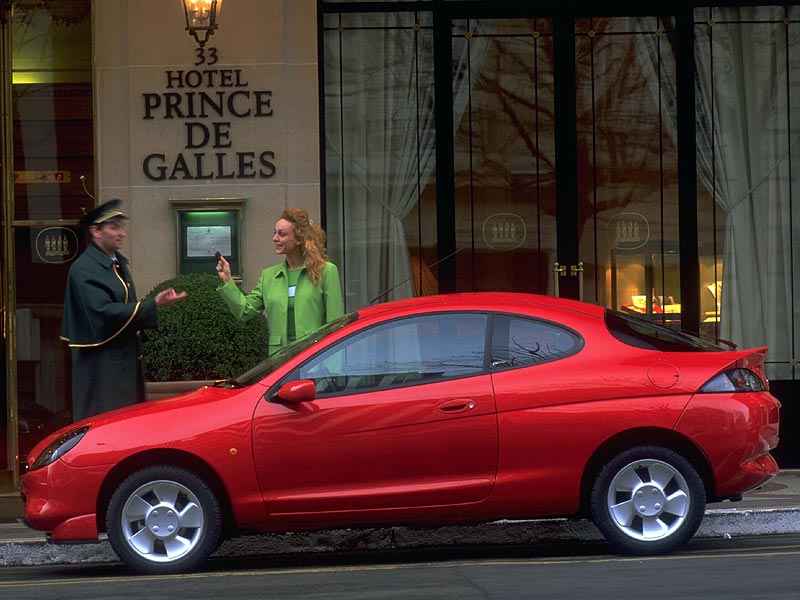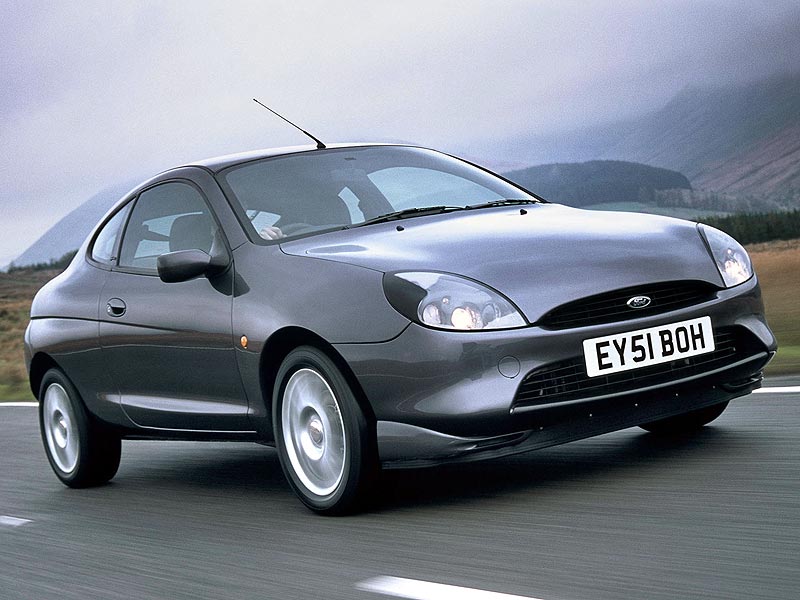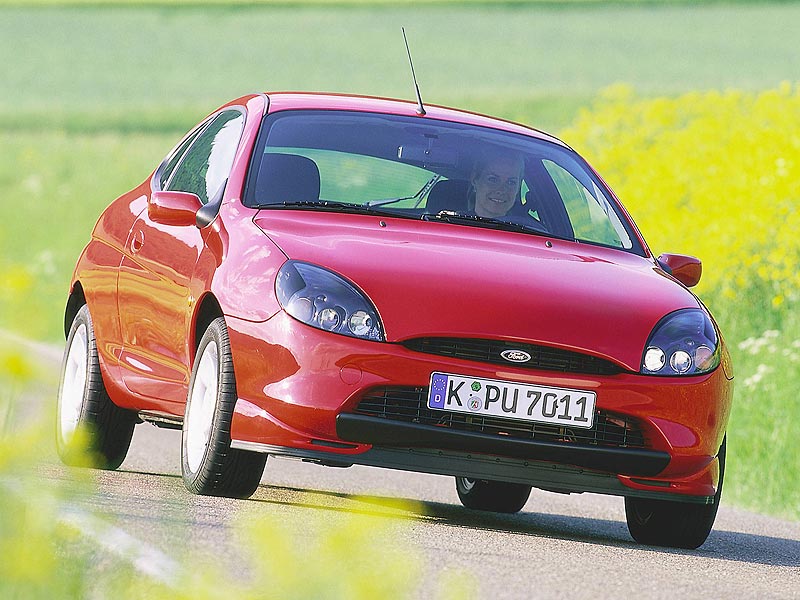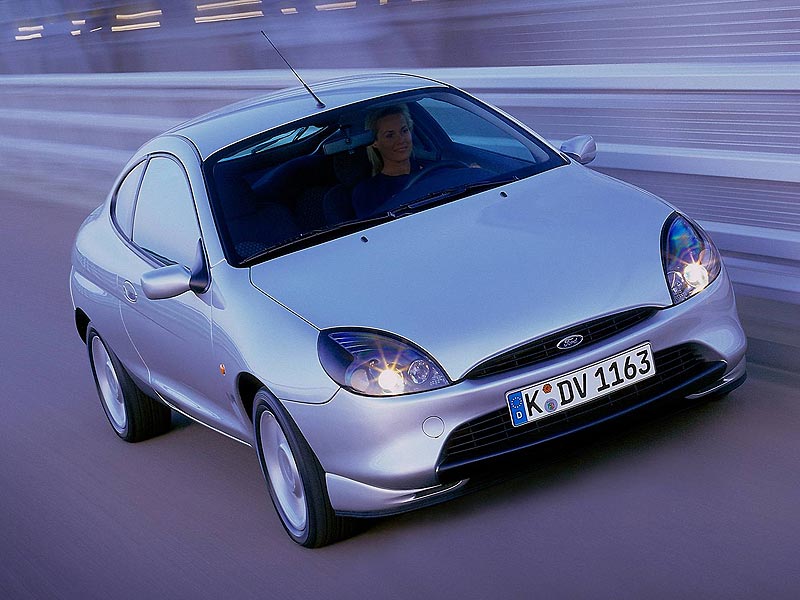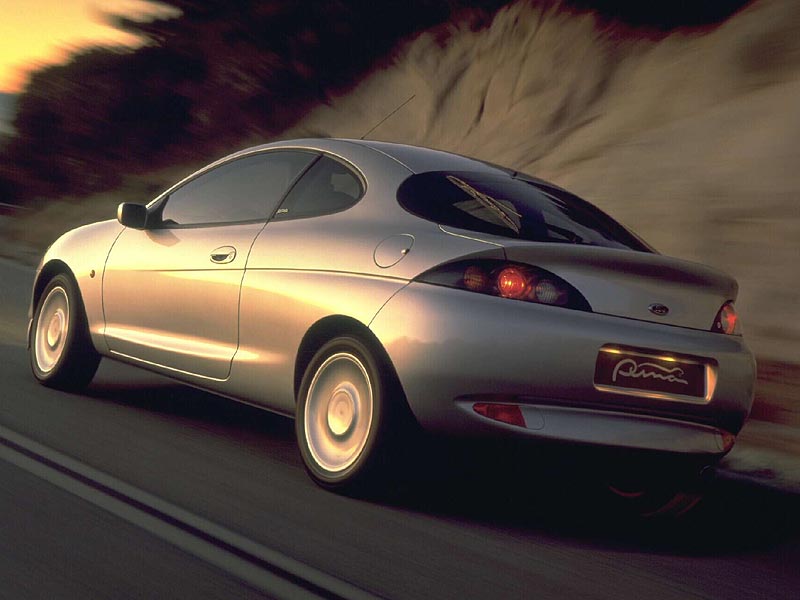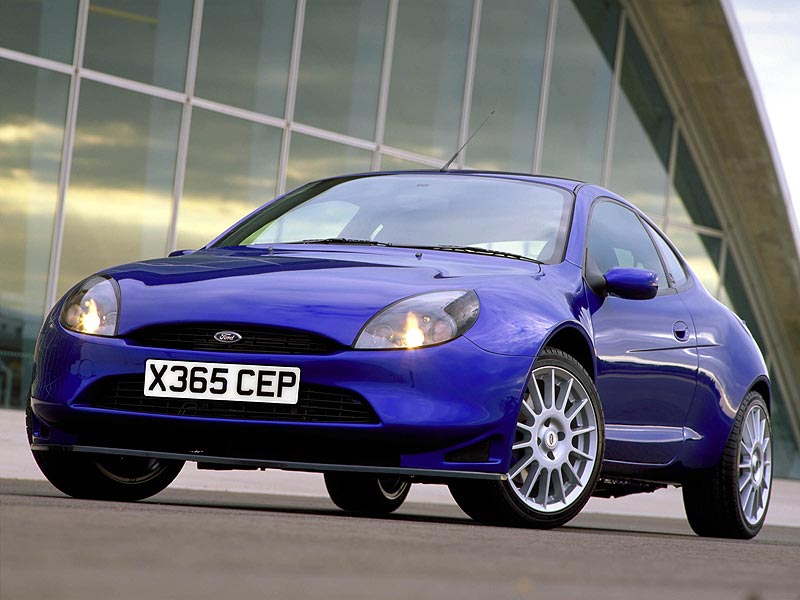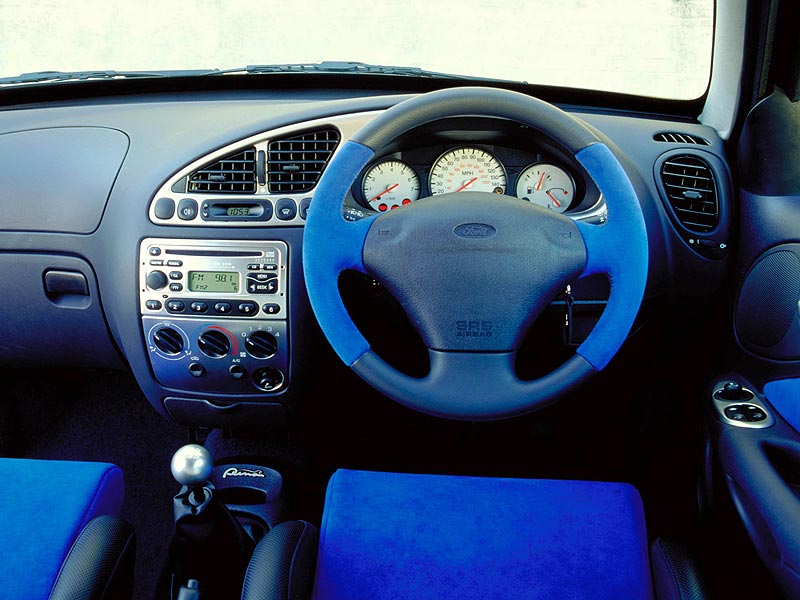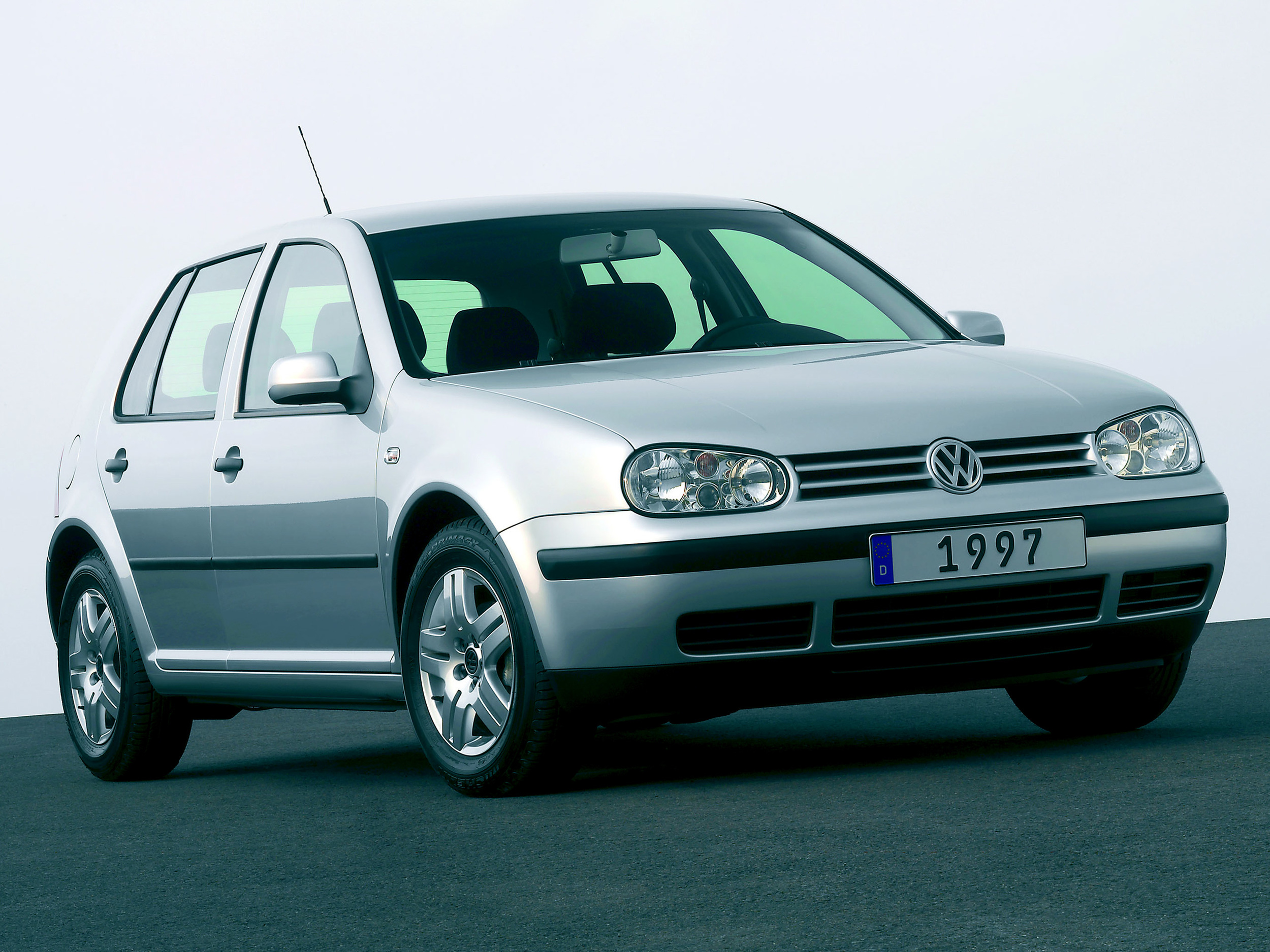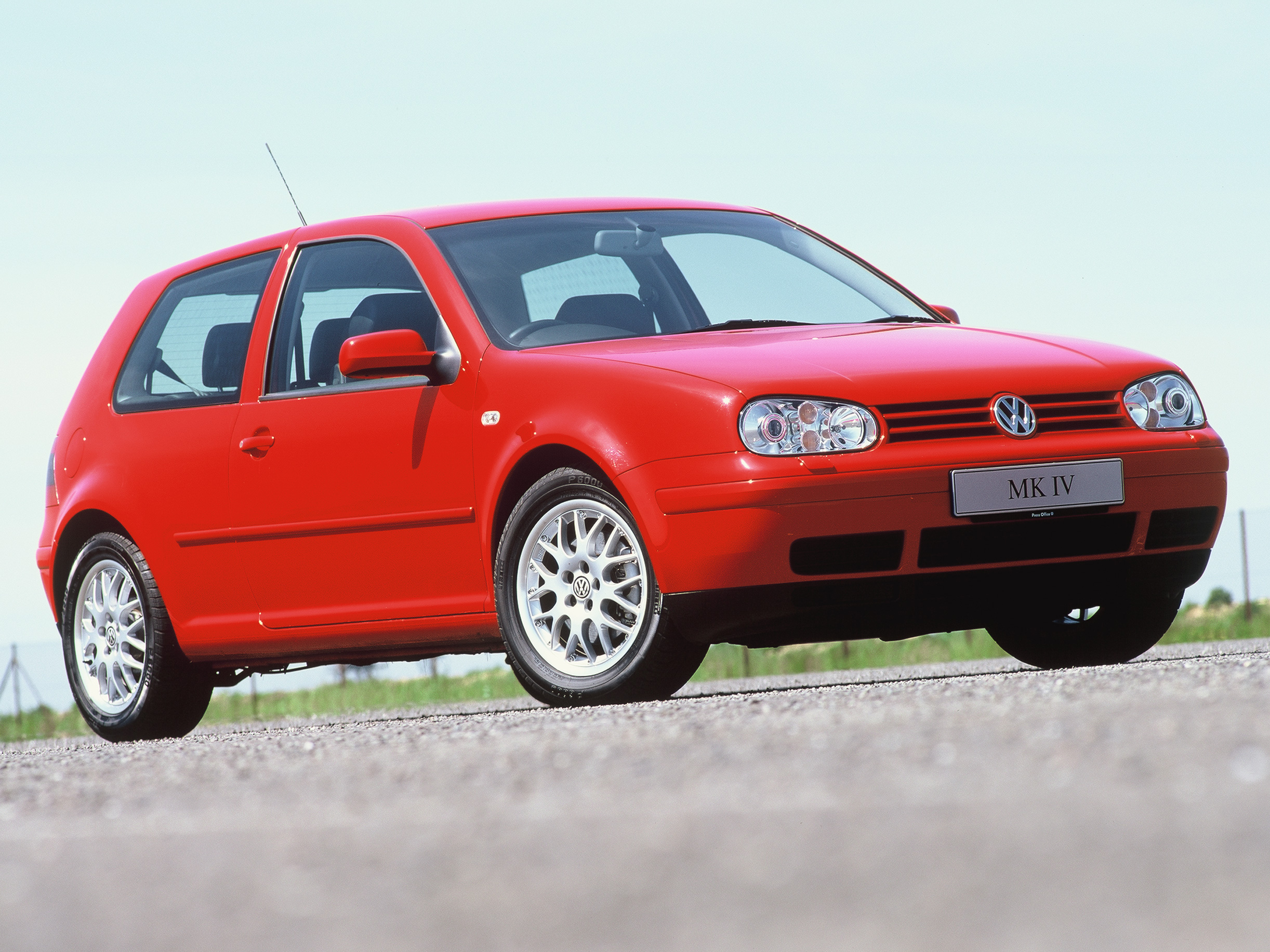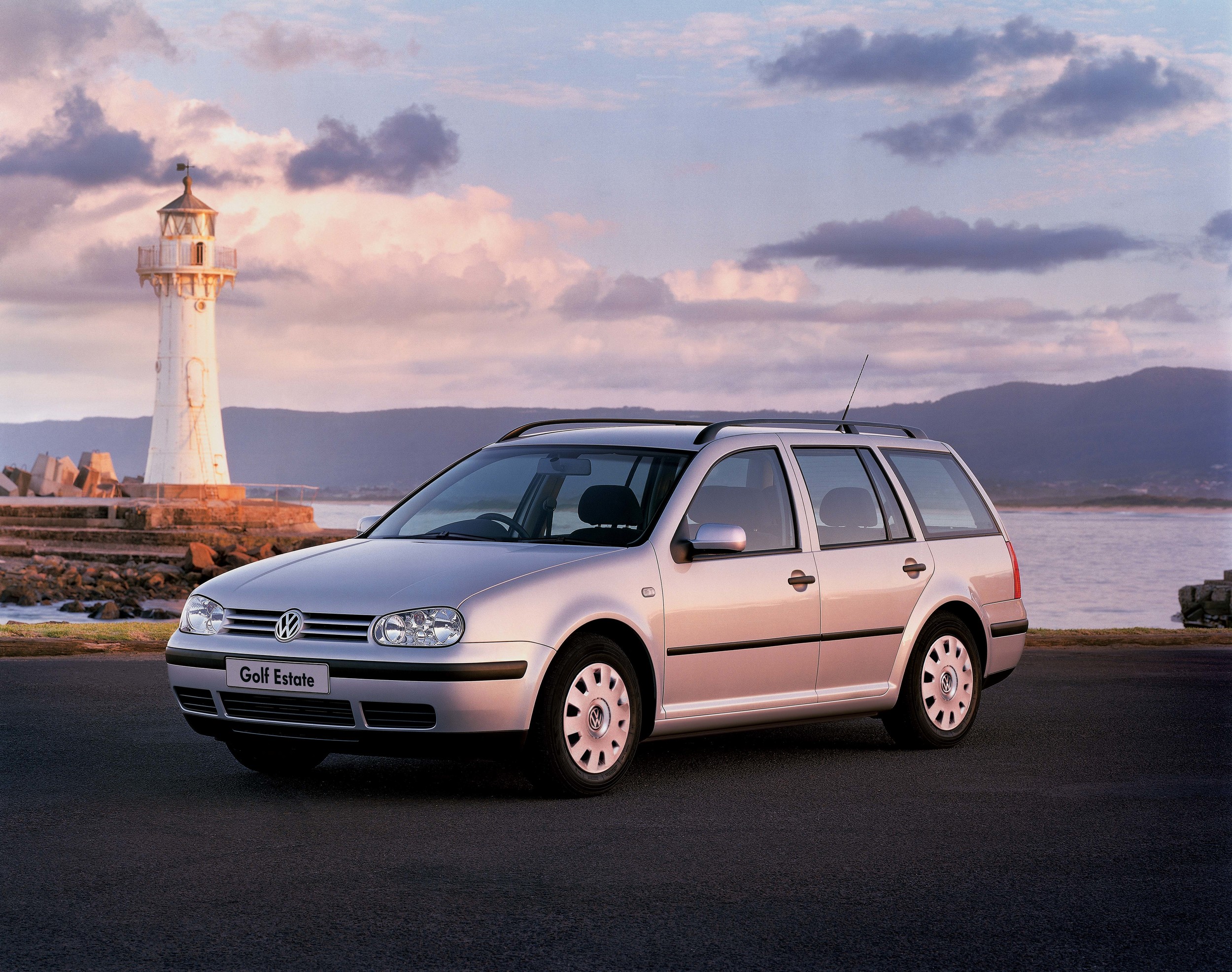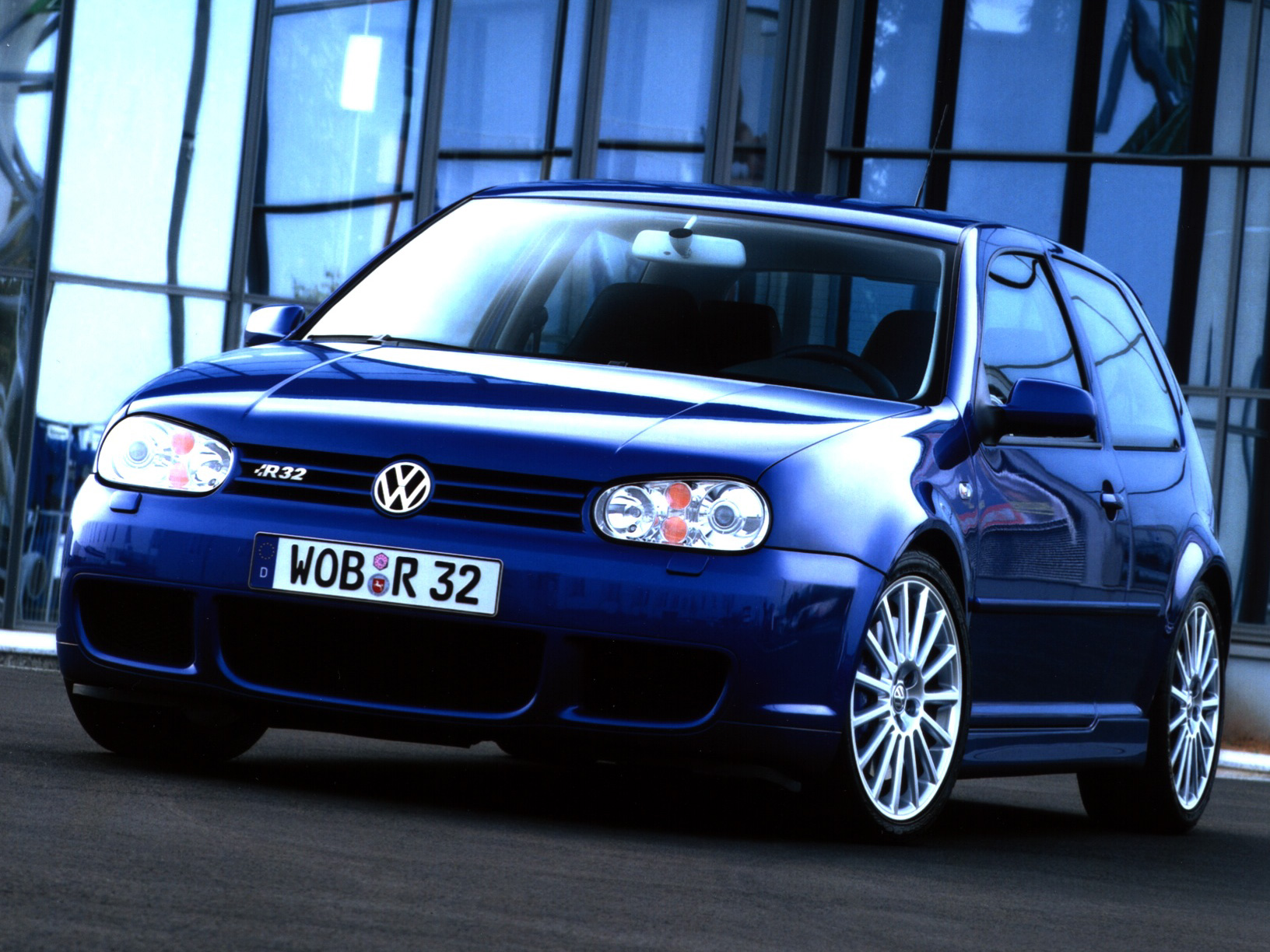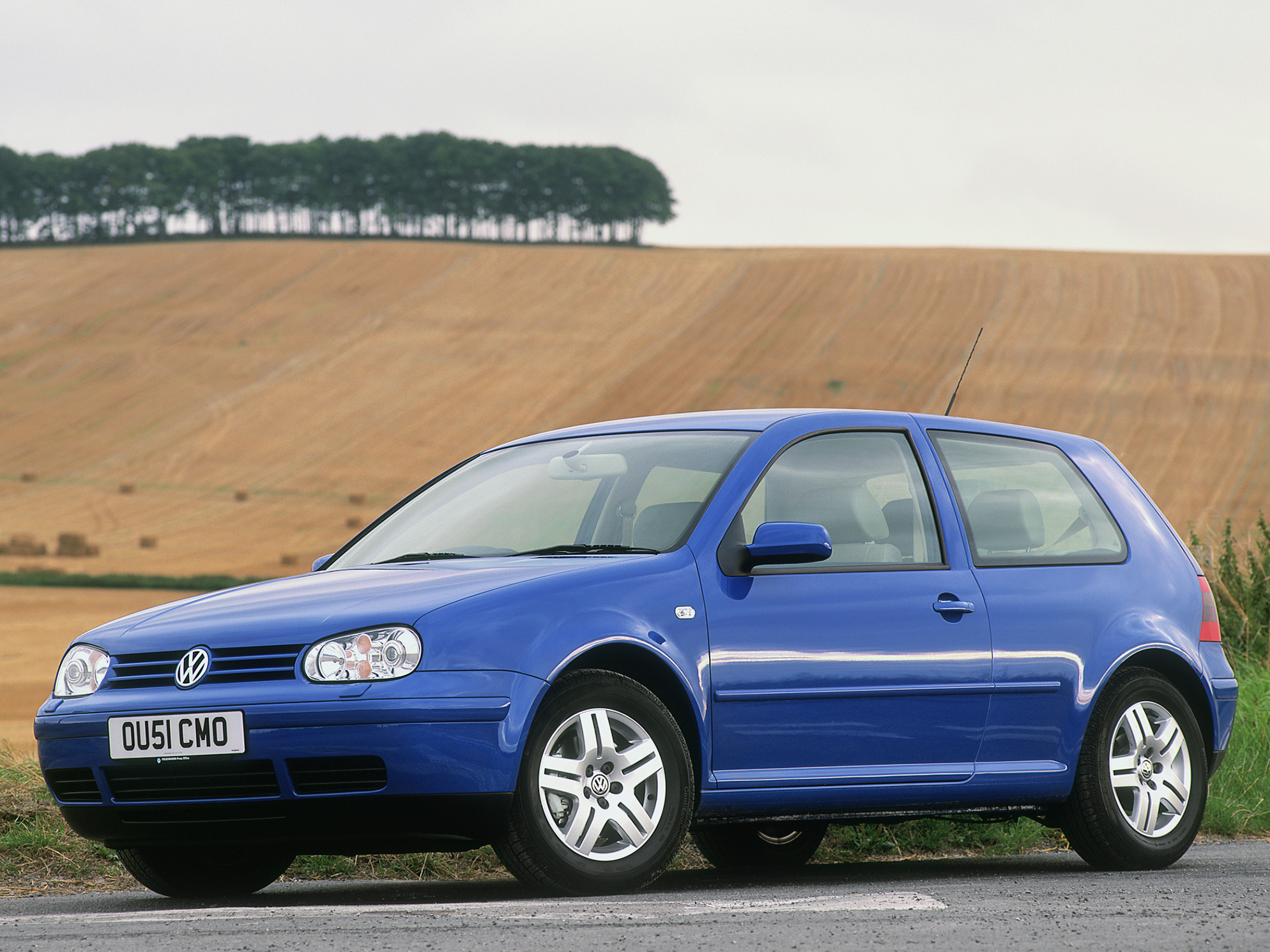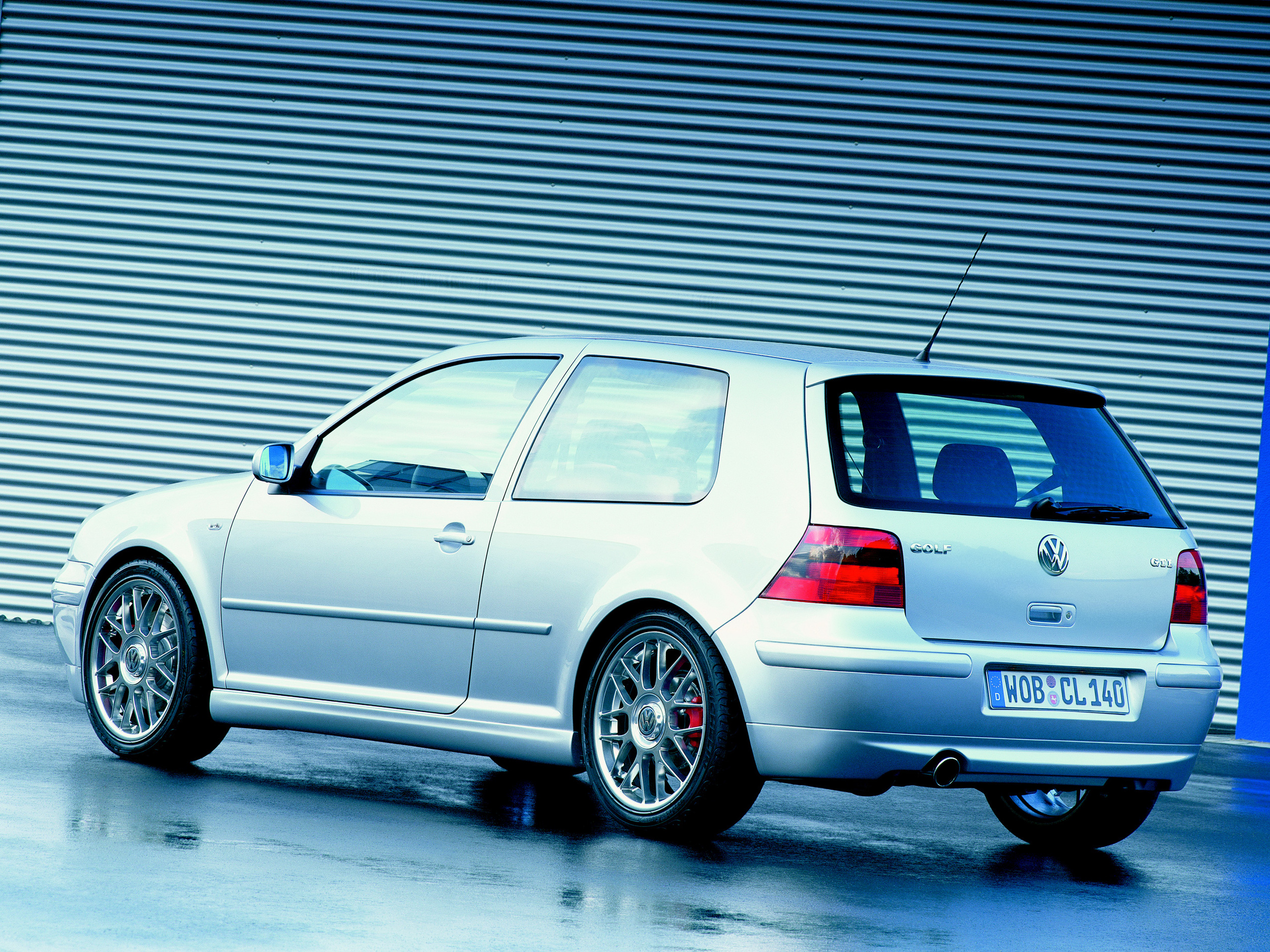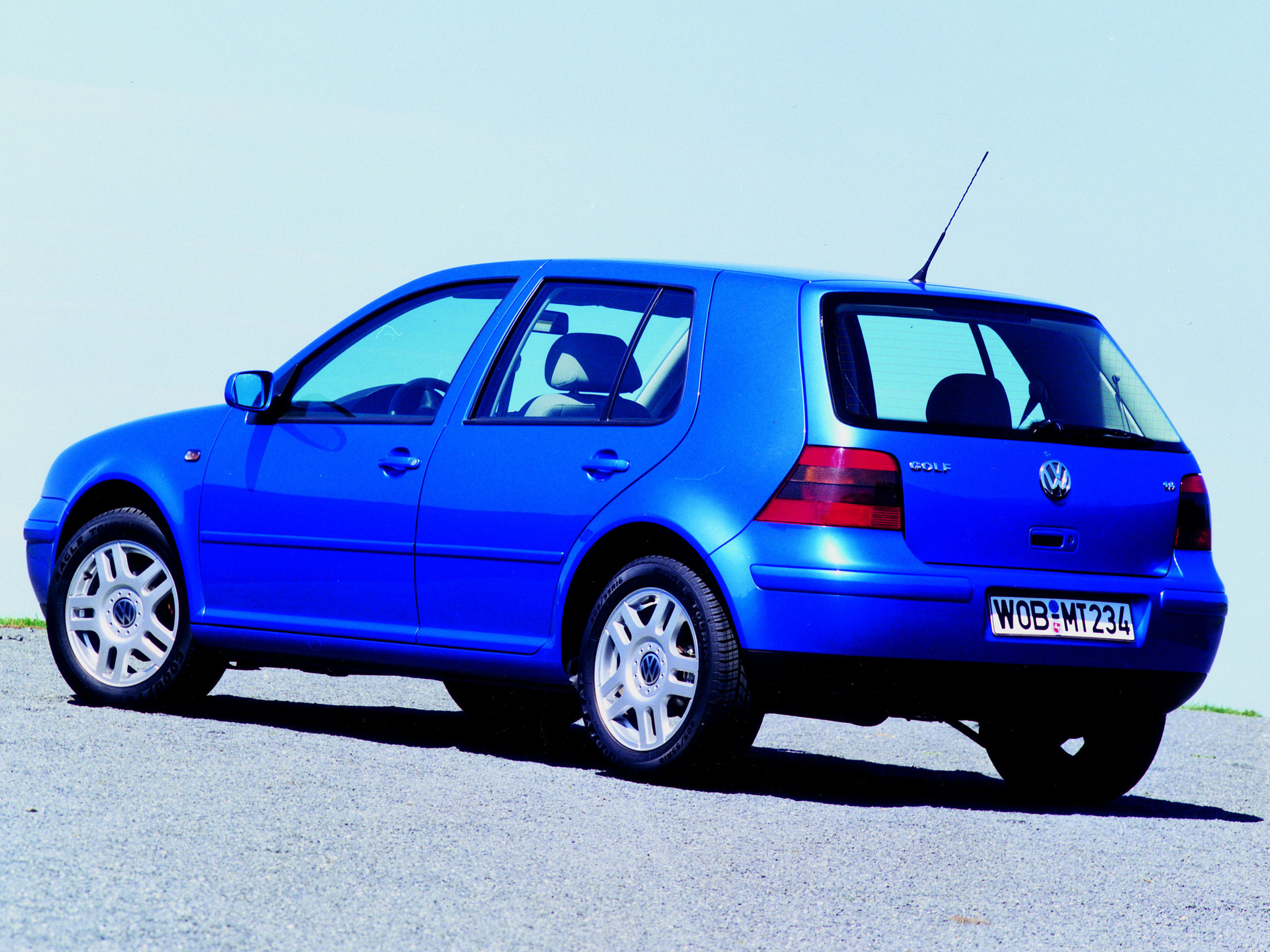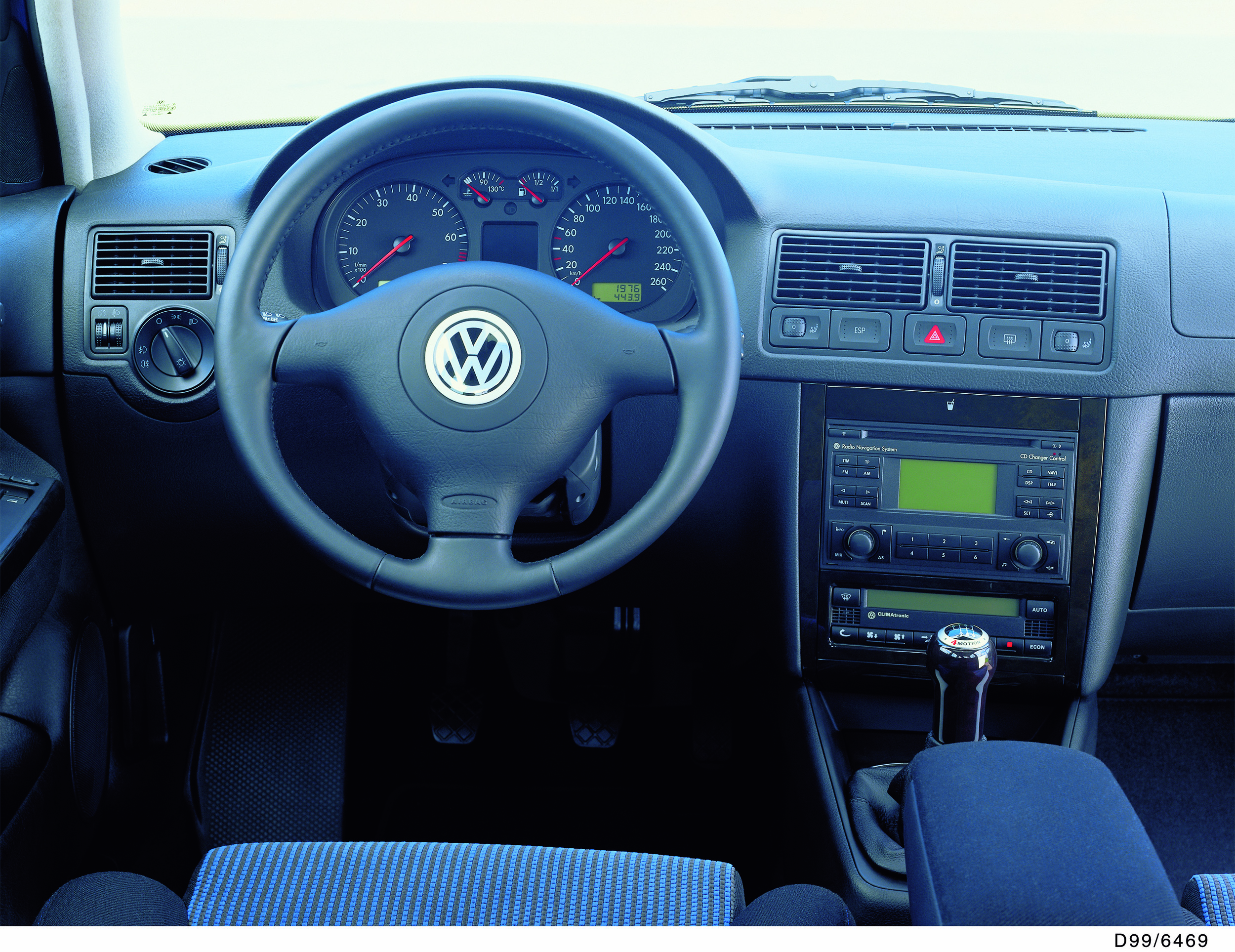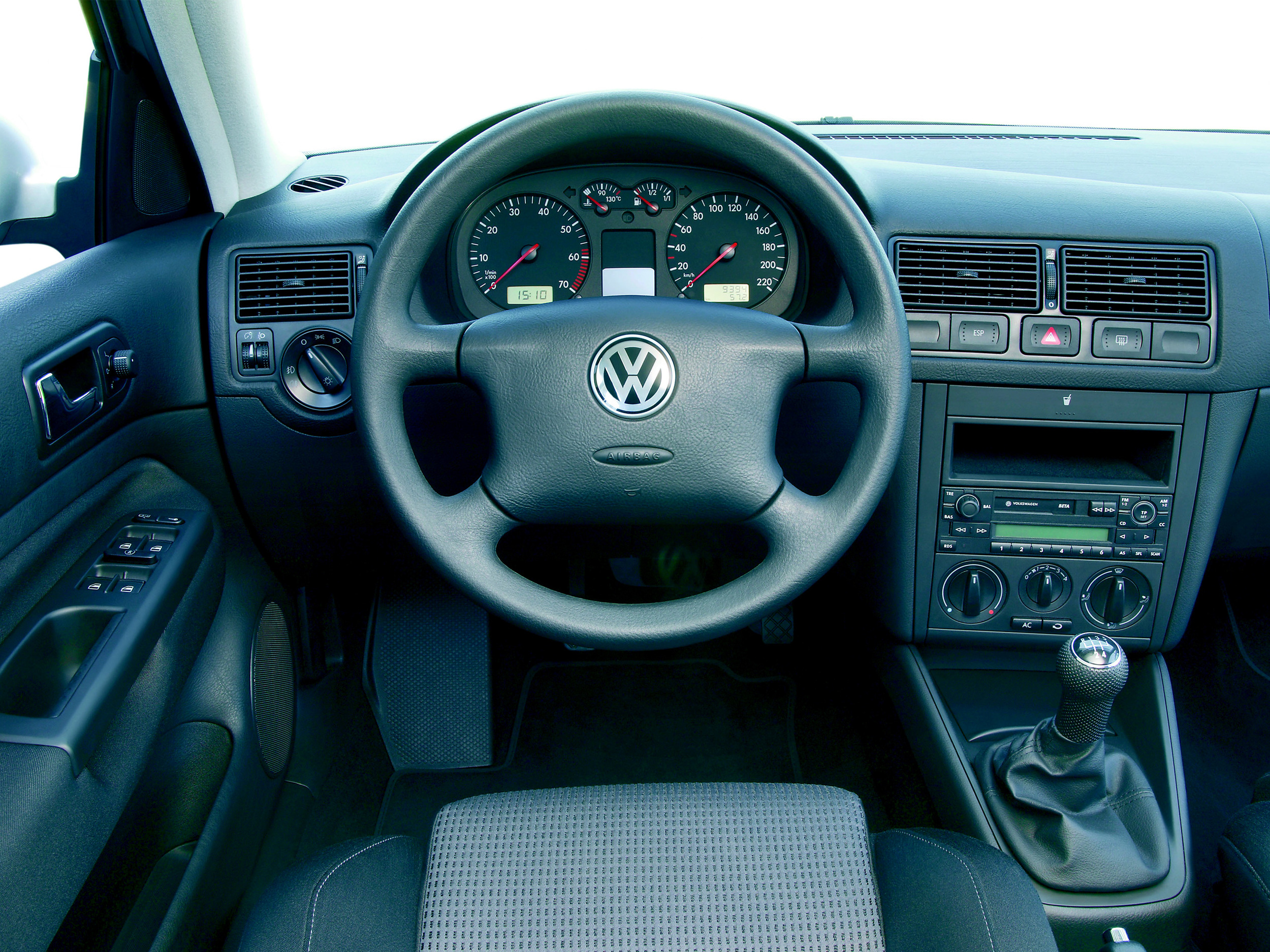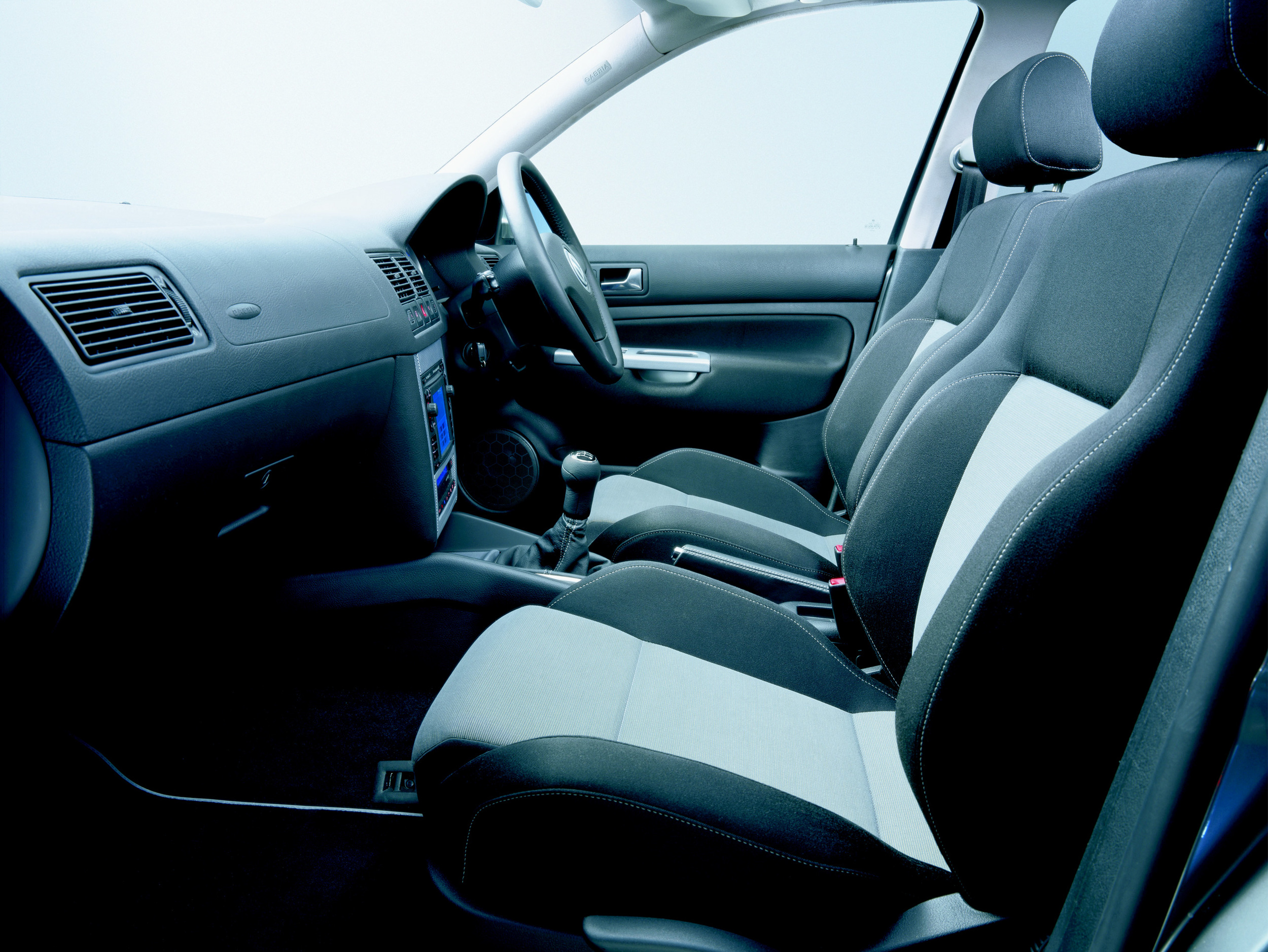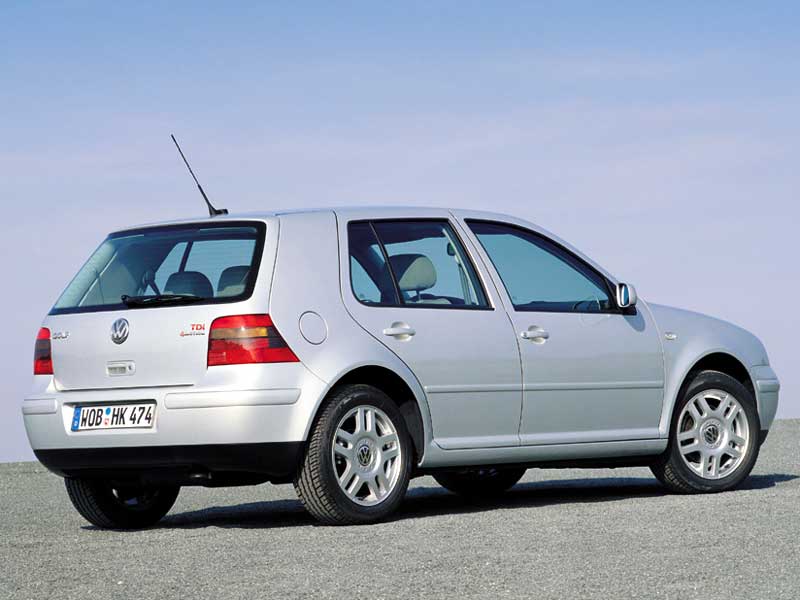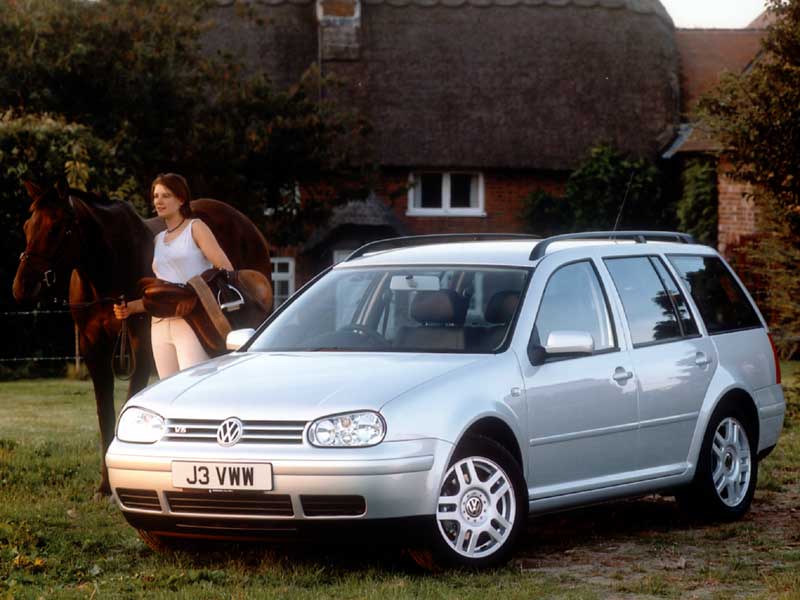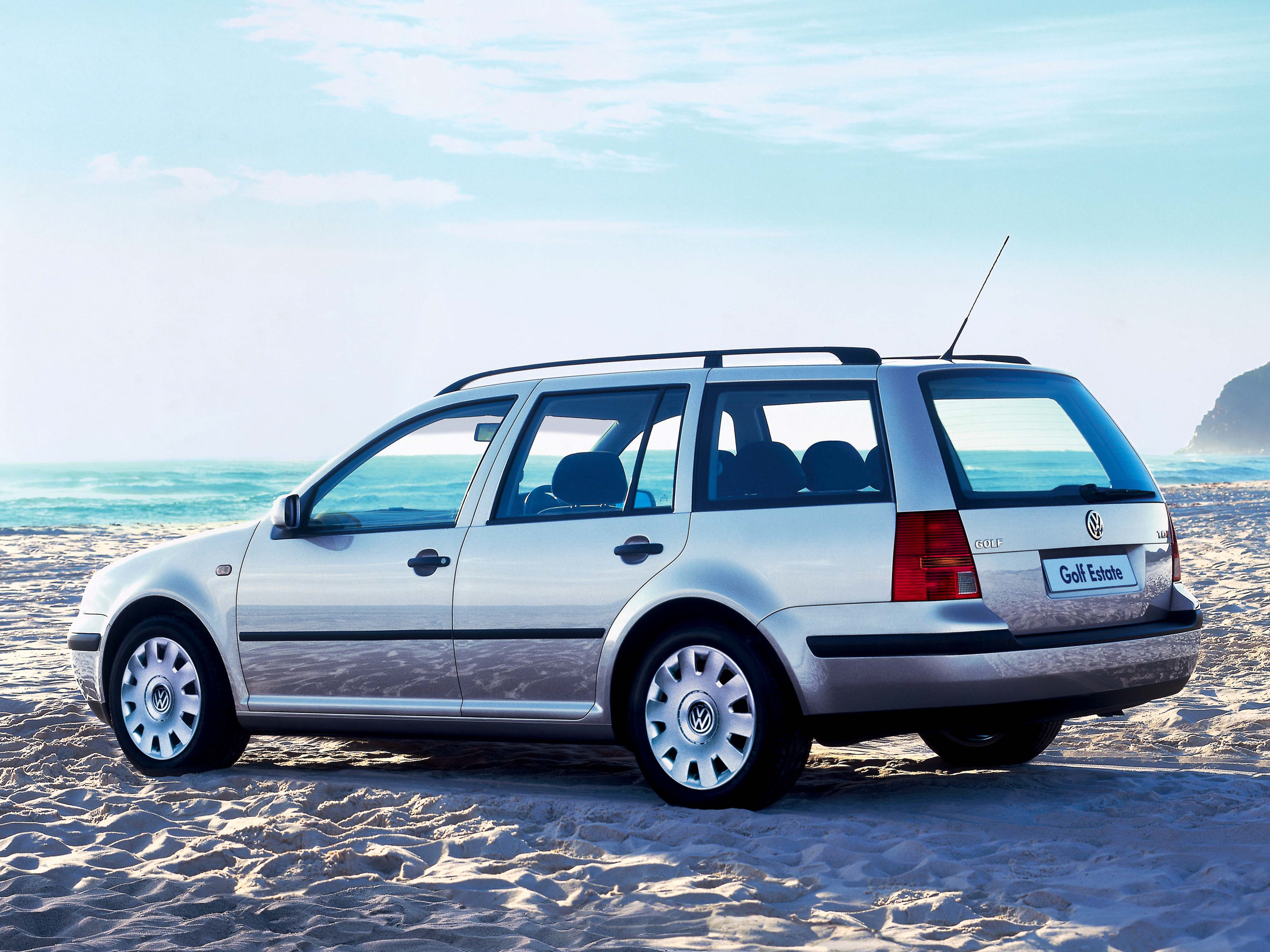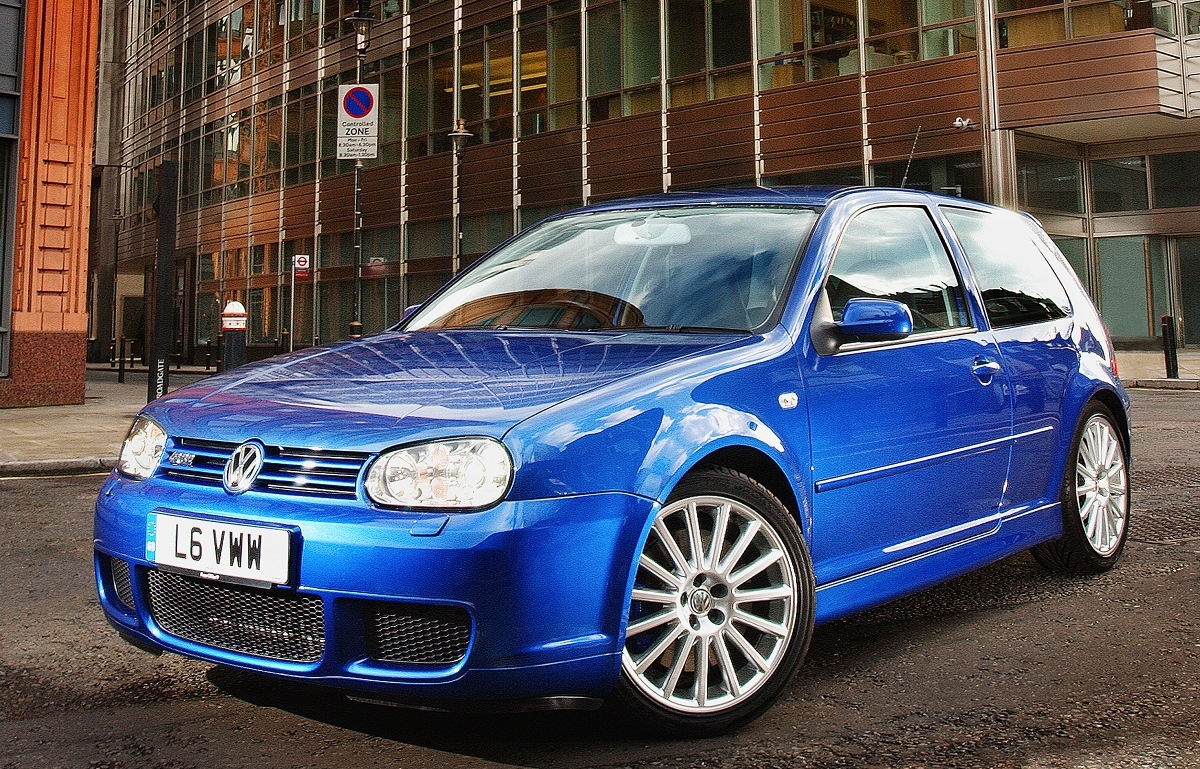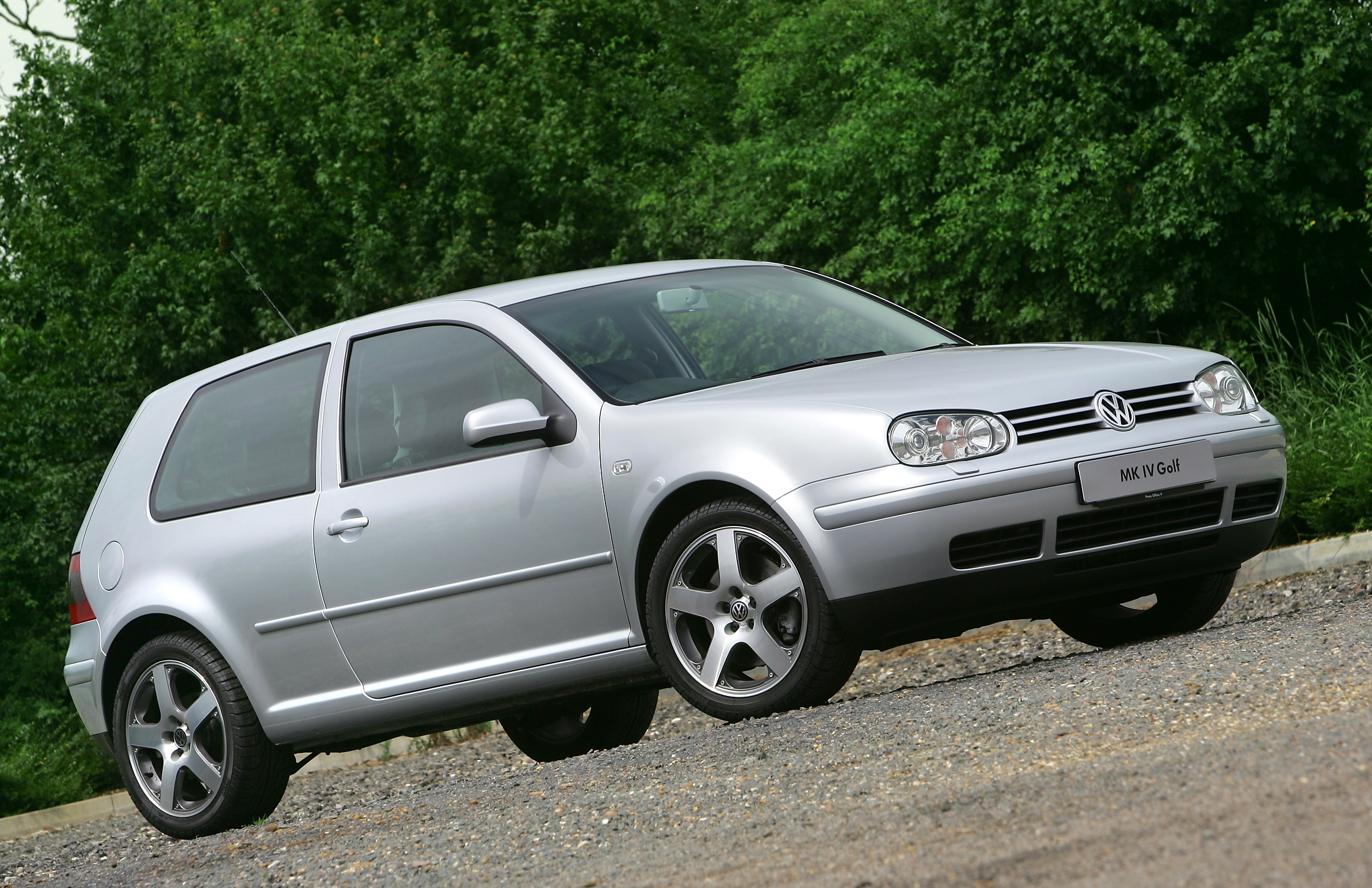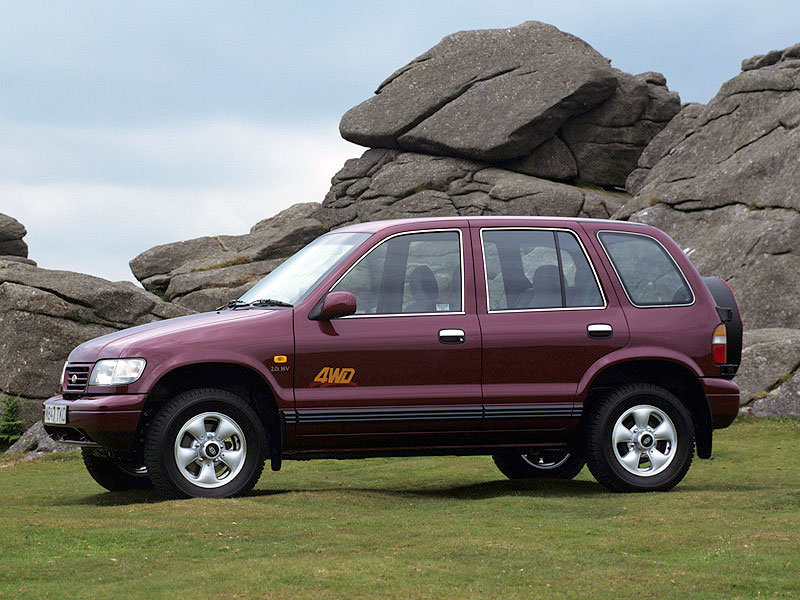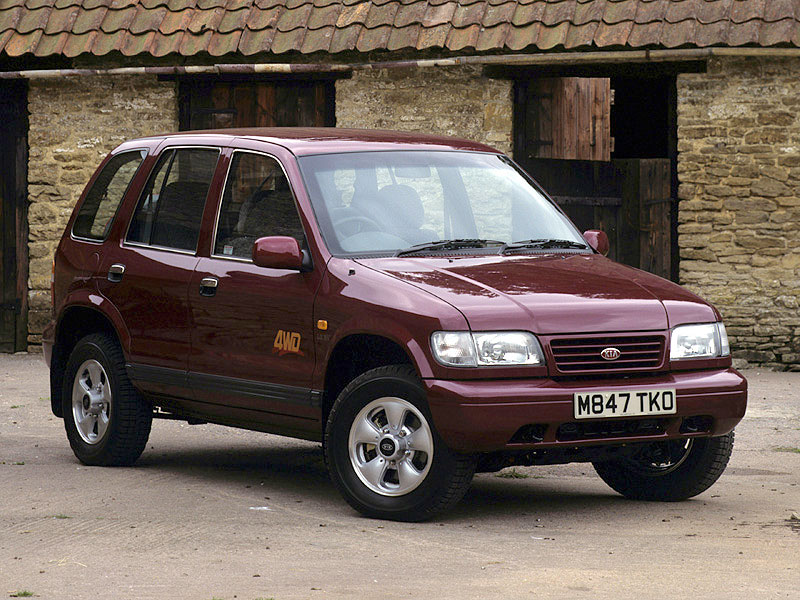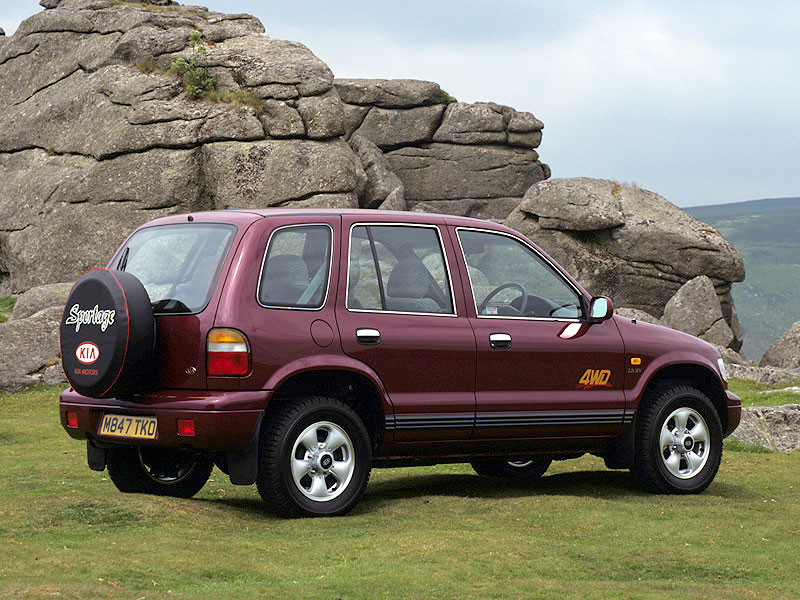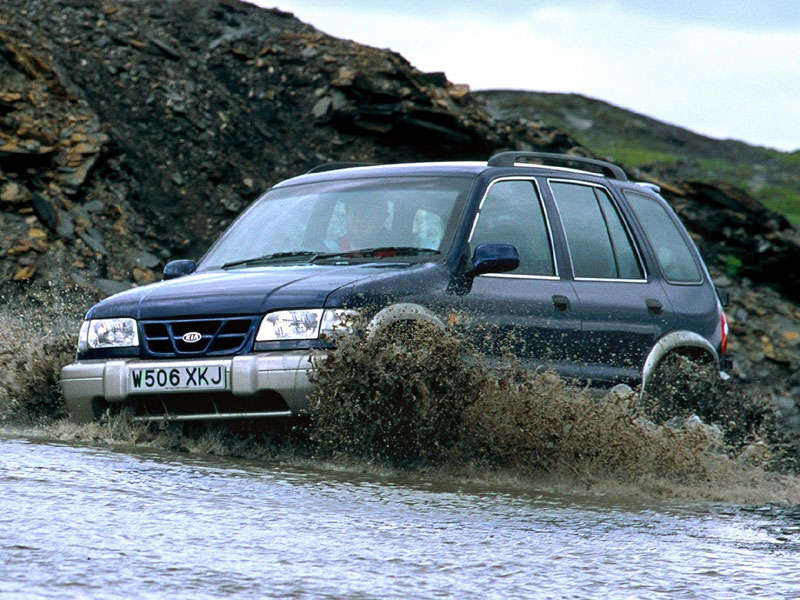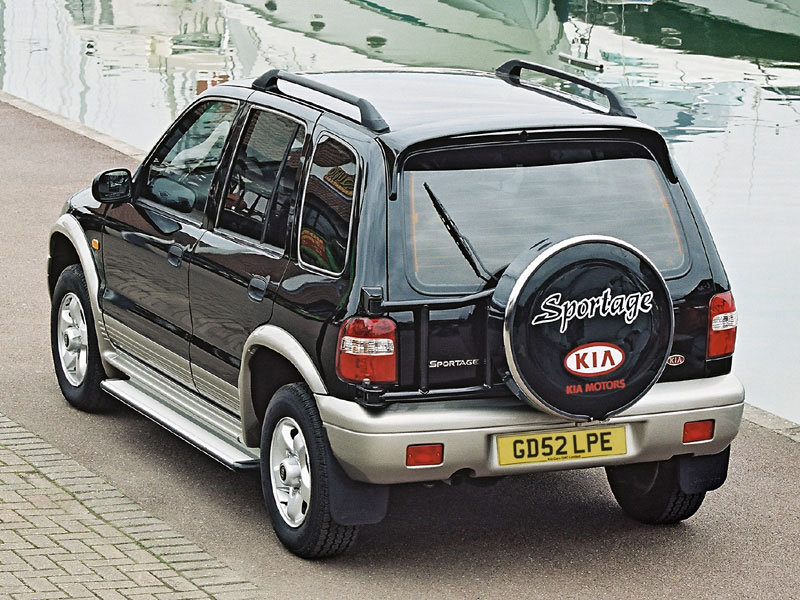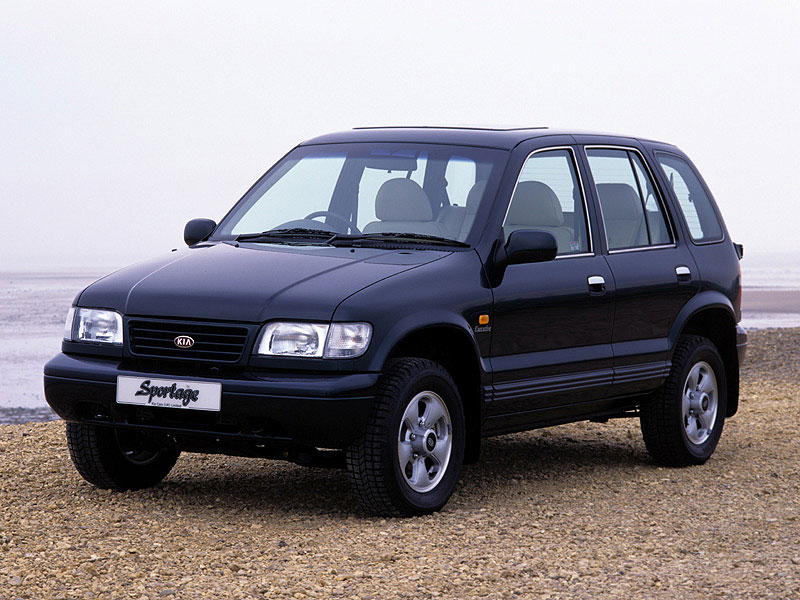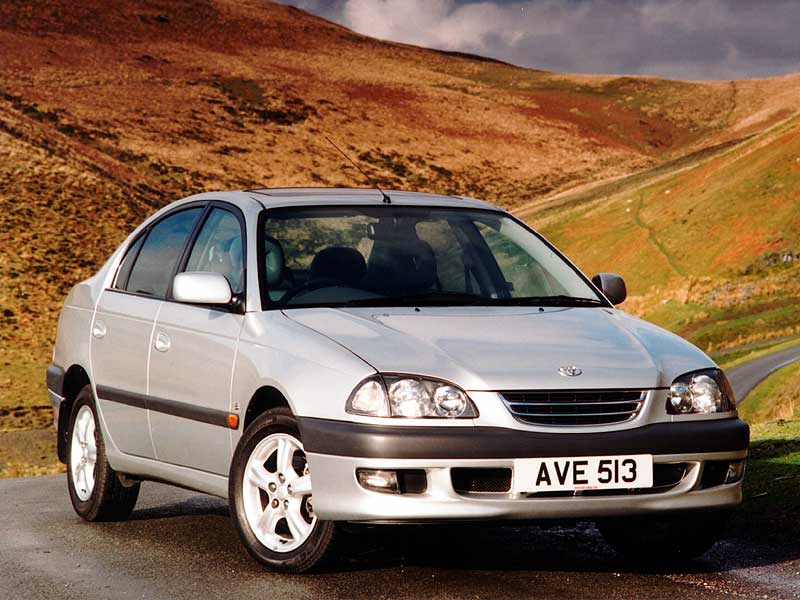
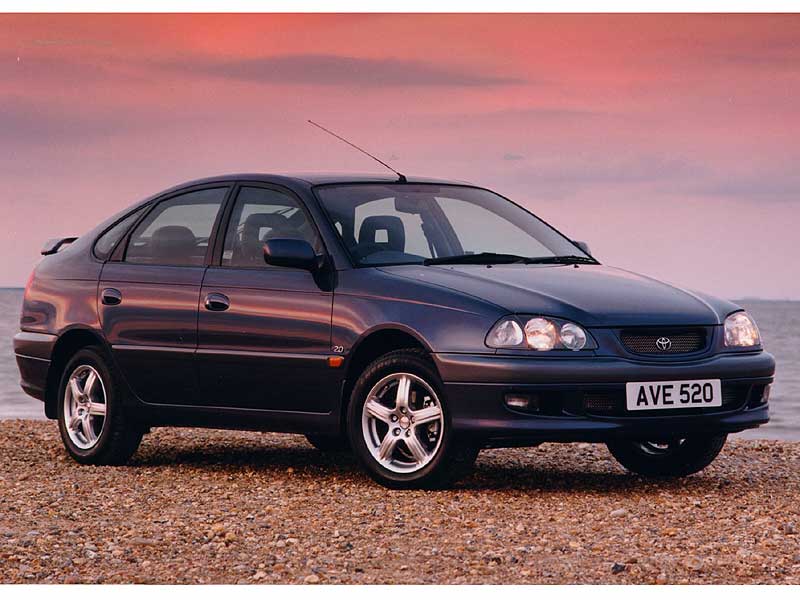
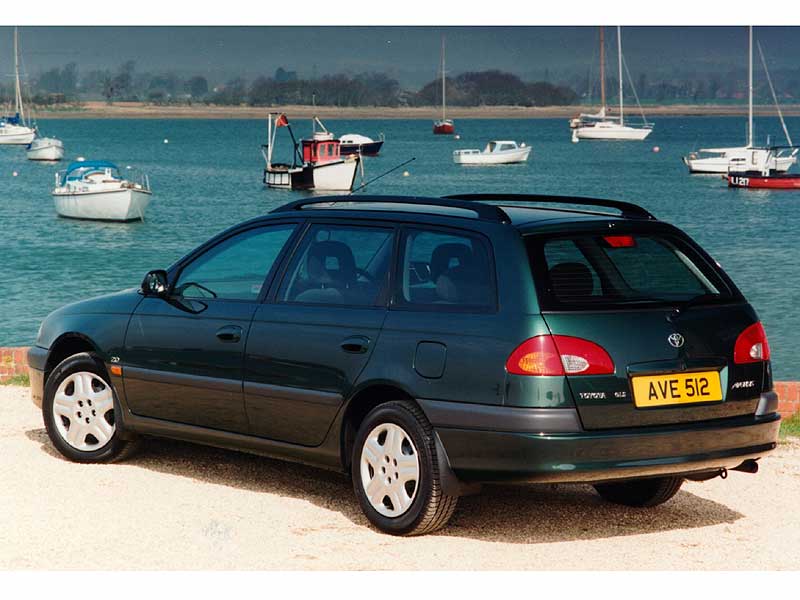
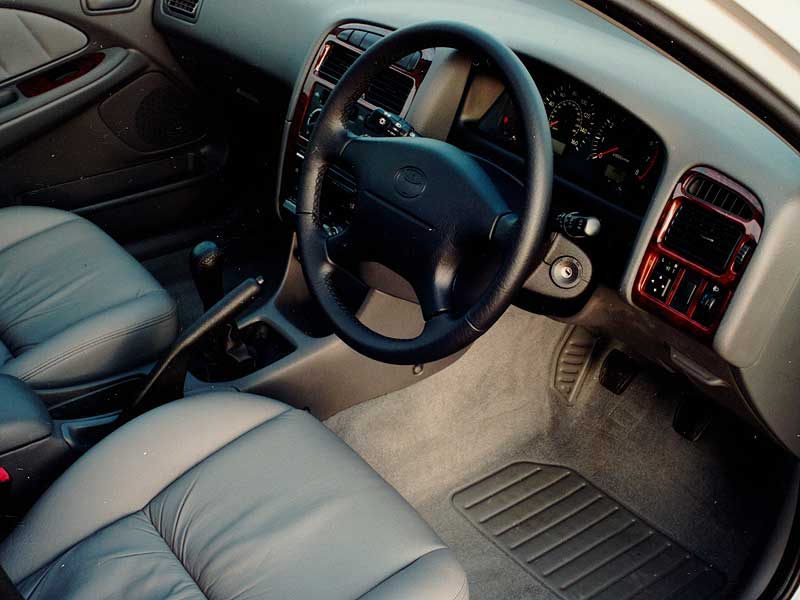
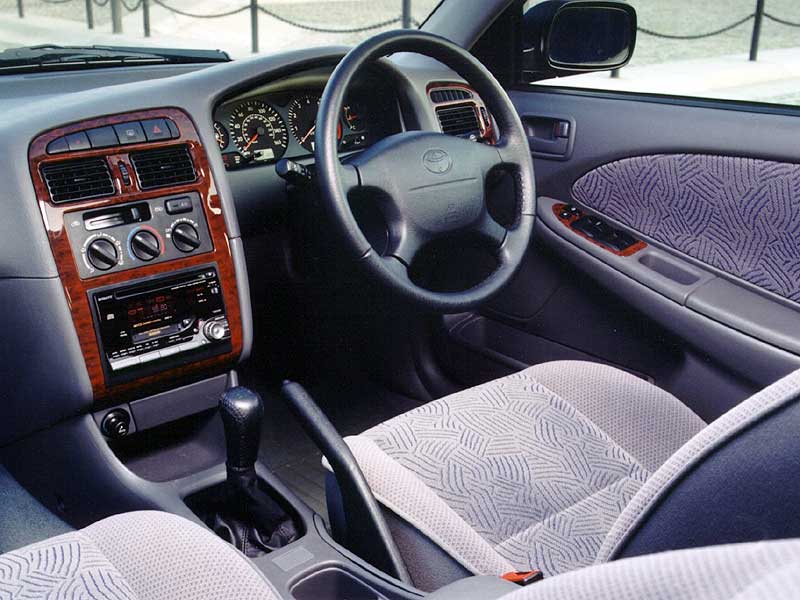
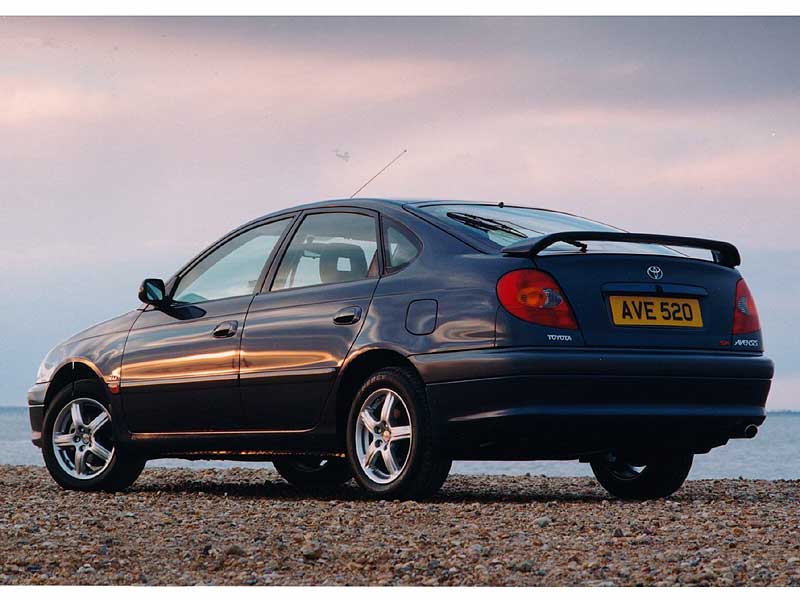
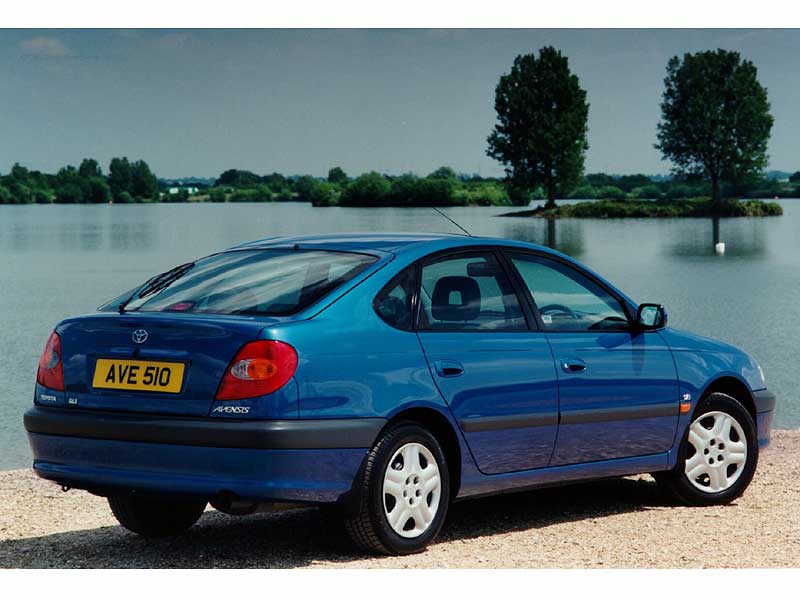
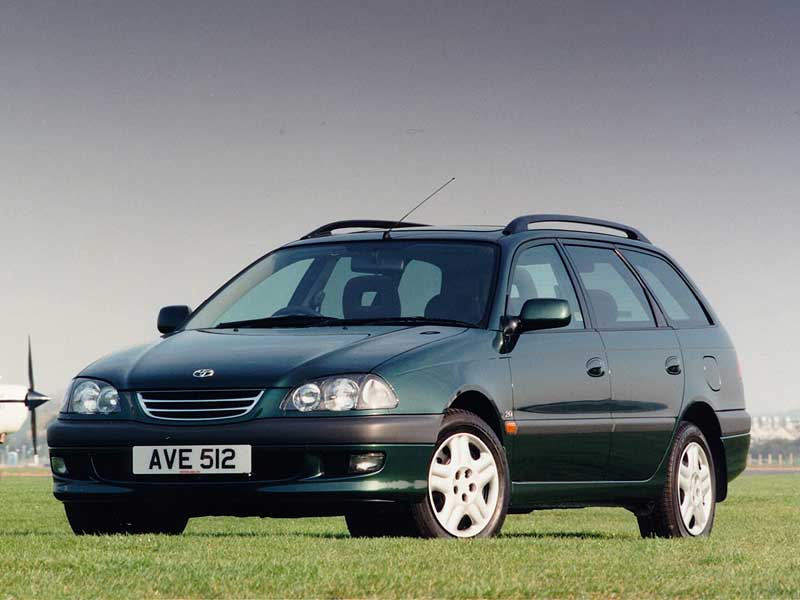
Toyota doesn't have a great reputation for creating enthusiasts' cars, but this car took the principle of car-as-white-goods to the extreme; it's terminally bland to drive, as well as to look at and live with. However, aside from some glitches with the petrol engines, the cars are generally superbly reliable - although throwing a wobbly is often the only thing of interest that an Avensis can offer.
Key Dates
11/97: Avensis introduced in saloon, estate and hatchback forms, with a choice of 1.6, 1.8 or 2.0 petrol engines or a 2.0 turbodiesel.
10/99: The excellent 2.0 D-4D turbodiesel engine arrives.
8/00: The whole range is facelifted, with a revised nose and more generous equipment levels, plus a new petrol engine design.
10/01: Revised 1.8 and 2.0 D-4D SR join the range; they're mechanically the same as the GS editions.
Toyota Avensis (1997-2002) Checklist
- Early cars (1997 and 1998) can suffer from leaking power-assisted steering racks. They can also sound clunky, but greasing will usually fix this.
- These early examples can also suffer from leaky fuel tanks.
- Some clutches have proved to wear prematurely, while the gearbox bearings can prove weak, so listen for whining or rumbling when cruising.
- Some reports of premature clutch and gearbox failures. Isolated report of problems with immobiliser.
- The rear wheel cylinders can leak brake fluid.
- Diesel engines can suffer from a slipping alternator drive belt.
- Pre-facelift (August 2000) cars can use a lot of oil; as much as a litre every 1000 miles.
We Like
- Reliablility
- Value
We Don't Like
- Styling
- Dynamics
- Bland interior

